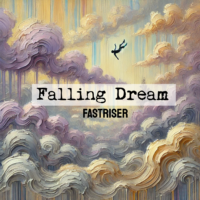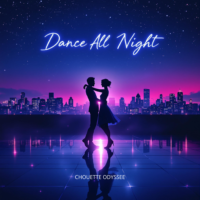Acoustic music continues to grow in new directions. As technology transforms how music is created, shared and experienced, artists find themselves between tradition and innovation.
Musicians are embracing tools that expand their reach and refine their sound, from home recording setups to AI-assisted songwriting to social media-friendly formats.
This shift brings fresh energy to their performance while keeping the heart of the genre intact.
Social Media Algorithms Now Shape Acoustic Sound
One of the most visible shifts in adaptation is how acoustic artists are reshaping their music to thrive within social media ecosystems. Platforms such as Instagram, TikTok and YouTube are helping them bypass traditional industry barriers and connect directly with a global audience.
To thrive in this arena, musicians adjust by producing brief, catchy content that aligns with platform algorithms, like 30-second tracks with compelling hooks.
Fans can see the daily creations of artists and gain insight into their creative processes through features like livestreaming — and musicians can connect and interact with them. Moreover, social media provides affordable marketing opportunities, allowing up-and-coming artists to grow without big budgets.
Collaboration has become more accessible, with musicians working together remotely and blending genres, while analytics from tools like Spotify for Artists assist in measuring audience interaction and fine-tuning strategies. Social media is reshaping the way music is made and experienced.
AI Is Making Its Way Into the Songwriting Process
Artificial intelligence tools aren’t replacing acoustic musicians — they’re helping them push boundaries. Tools like Amper and Aiva assist with chord progressions, melody ideas and lyrics. About 63% of young creatives use AI to assist in their music-making creative processes.
For singer-songwriters, that might mean speeding up the draft process or generating inspiring harmonies. While the heart stays human, the brain gets some extra circuits.
Digital Accessibility Meets the Hybrid Concert Era
People planning a fun night in can now enjoy a live concert at home for a memorable evening together. Digital concerts are becoming the new norm. By eliminating the need for physical presence, these events allow fans worldwide to attend performances that would otherwise be out of reach.
This shift has expanded the industry’s audience base, allowing independent and mainstream artists to connect with global listeners in real time. Integrating digital elements into traditional concerts is reshaping what it means to attend a live event.
Hybrid models combine the energy of physical venues with the reach of streaming platforms, offering flexible access for diverse audiences. This evolution signals a move toward concert formats prioritizing inclusion and innovation without compromising the core live music experience.
The Line Between Acoustic and Acoustic-Electric Is Blurring
Acoustic guitars once dominated unplugged stages, while acoustic-electric models stayed in studios. Now, musicians seek instruments that combine traditional warmth with modern adaptability.
Acoustic-electric guitars provide the soul and resonance of wood but with an added twist. Artists can plug into an amplifier and adjust tone without losing sound quality. These hybrids offer control and consistency across venues, so even purists are adopting them. Today, musicians are embracing acoustic electrics for their versatility, blending traditional tone with the power to meet modern performance needs.
Distribution and Revenue Have Moved to the Cloud
Physical CDs are rare now. Most acoustic releases go straight into Spotify, Apple Music and Bandcamp. In 2024, streaming alone accounted for 69% of total music revenue. Releasing music digitally empowers acoustic artists to control their output and reach listeners on their own terms — a shift from label-dependence to self-publishing.
Tools like DistroKid and TuneCore let them upload, track performance and get paid independently. That access comes with trade-offs — such as lower per-stream payouts — but it also means complete creative control.
Amplify Emotion Through Better Sound and Simplicity
Digital tools have not sterilized acoustic music. Instead, they help artists enhance emotion. Ambient microphones, MIDI controllers and analog-to-digital converters maintain dynamics while improving clarity, giving musicians more control over their sound.
Technology has also made music production simpler. Digital software has become a significant game-changer for the industry. It has transformed how music is created, enabling producers to record, write and produce their songs with exceptional quality and much more convenience. While this democratization of production has financial trade-offs, it continues to amplify the emotional impact of music.
What This Means for the Future of Acoustic Music
The acoustic scene continues to evolve. Artists who once focused on traditional methods now embrace digital tools to expand their reach and stay relevant.
Whether playing a classic dreadnought or looping a verse on a touch screen, they’re part of the same movement. The instrument remains timeless, and the context evolves with it.












